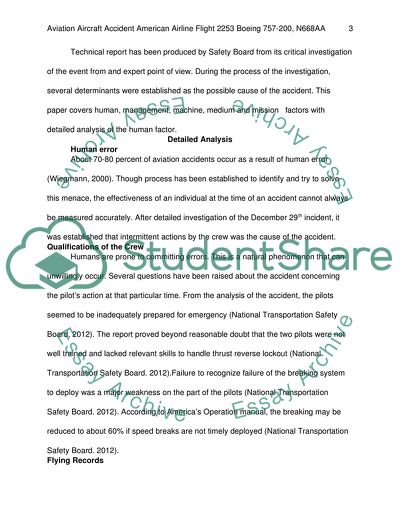Cite this document
(Aviation Aircraft Accident American Airline Flight 2253 Boeing Case Study, n.d.)
Aviation Aircraft Accident American Airline Flight 2253 Boeing Case Study. Retrieved from https://studentshare.org/other/1820417-aviation-aircraft-accident-american-airline-flight-2253-boeing-757-200-n668aa
Aviation Aircraft Accident American Airline Flight 2253 Boeing Case Study. Retrieved from https://studentshare.org/other/1820417-aviation-aircraft-accident-american-airline-flight-2253-boeing-757-200-n668aa
(Aviation Aircraft Accident American Airline Flight 2253 Boeing Case Study)
Aviation Aircraft Accident American Airline Flight 2253 Boeing Case Study. https://studentshare.org/other/1820417-aviation-aircraft-accident-american-airline-flight-2253-boeing-757-200-n668aa.
Aviation Aircraft Accident American Airline Flight 2253 Boeing Case Study. https://studentshare.org/other/1820417-aviation-aircraft-accident-american-airline-flight-2253-boeing-757-200-n668aa.
“Aviation Aircraft Accident American Airline Flight 2253 Boeing Case Study”, n.d. https://studentshare.org/other/1820417-aviation-aircraft-accident-american-airline-flight-2253-boeing-757-200-n668aa.


